

Spanning western Japan's Mie, Nara, and Wakayama Prefectures, the geographically diverse Yoshino-Kumano National Park is associated with spirituality and mysticism. The park's landscape includes vast mountain ranges, highland plateaus, river valleys, jagged cliffs, and the dense rainforests of the Kii Peninsula. Here, you'll find Mt. Hakkyogatake — the Kansai region's highest peak — and Nachi Falls, Japan's tallest single-drop waterfall. Since the days of old, parts of Yoshino-Kumano have been known as sacred ground for devout practitioners of Shintoism, Buddhism, and an ancient folk religion called Shugendo. UNESCO collectively lists these — one of which is the famous Kumano Kodo trail — as one World Heritage Site: the Sacred Sites and Pilgrimage Routes of the Kii Mountain Range.

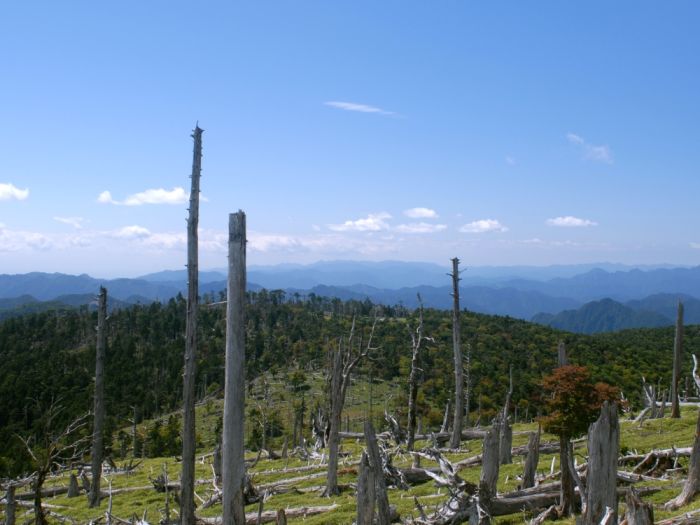
Mystical Mountains and Cherry Blossoms
Some of Nara's majestic mountains are spiritually significant to Shintoism, Buddhism, and Shugendo. The most popular peak is Mt. Yoshino, one of Japan's best places for cherry blossom-viewing, and one of the namesakes of the delicate Somei-Yoshino cherry blossom. On this mountain are several holy sites such as Kinpusenji Temple, Yoshimizu Shrine, and Mikumari Shrine. The Omine mountain range, the birthplace of Shugendo mountain asceticism, includes Mt. Hakkyogatake — the Kansai region's highest peak — and Mt. Omine, home to Shugendo's main temple. Nara's mountains are also rich in biodiversity. In the primeval forests of Odaigahara Plateau, which receives one of the highest annual amounts of rainfall in Japan, are a variety of fauna: deer, Kii black bears, Japanese serows, and more.
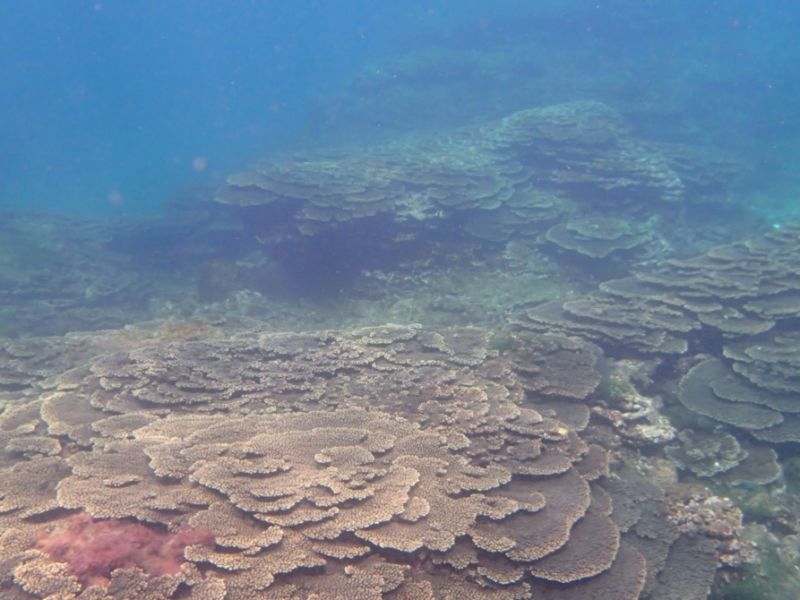
Stunning Rock Formations and Colorful Coral Reefs
The large Kii Peninsula is mainly characterized by steep mountains, craggy cliffs, curiously shaped rocks, rugged coastline, and lush rainforests. Several of its unique geographical attractions have fascinating backstories to them, too. Shaped like stakes, the Hashigui rock formations are the stuff of legends, while the caves in Sandanbeki Cliffs were hideouts for pirates. The seas surrounding the Kii Peninsula are worth exploring, too! Beneath the crystal-clear waters off the coast of Cape Shionomisaki are plenty of coral reefs, sustained by the Kuroshio Current — perfect for snorkeling! Spend a day at Shichiri-Mihama, Japan's longest beach; you might encounter some loggerhead turtles, if you're lucky! Or, have a blast at lively Shirahama, west Japan's largest beach resort.
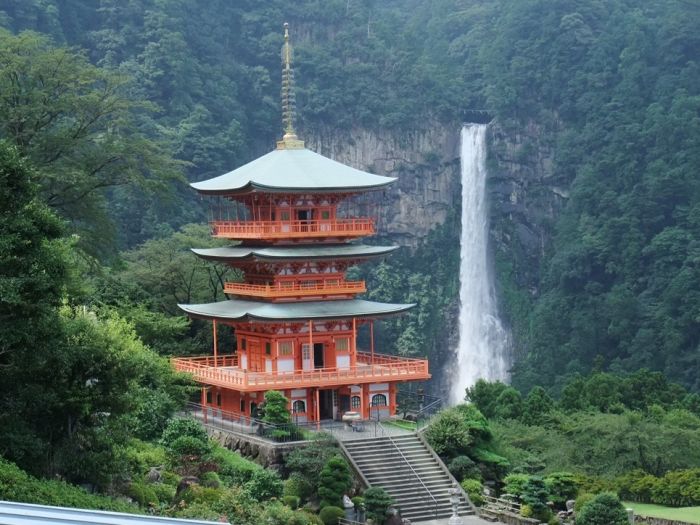
Follow the Footsteps of Ancient Pilgrims
Walk the pilgrim's path, and you shall be rewarded with scenic views! The UNESCO-recognized Kumano Kodo is one of Japan's oldest and best-known pilgrimage networks. Central to this Shinto pilgrimage are three Grand Shrines collectively known as the 'Kumano Sanzan': Kumano Hongu Taisha, Kumano Hayatama Taisha, and Kumano Nachi Taisha. Other noteworthy sites include Kamikura Shrine and Nachi Falls. Though small and located halfway up a steep mountain, Kamikura Shrine is significant to Shinto lore, as the gods are said to have first descended to Earth here. One of them then made their abode in Gotobiki-iwa, a huge sacred rock that stands adjacent to the shrine. Meanwhile, Nachi Falls is Japan's tallest single-tiered waterfall. It's known for the iconic three-story pagoda next to it.


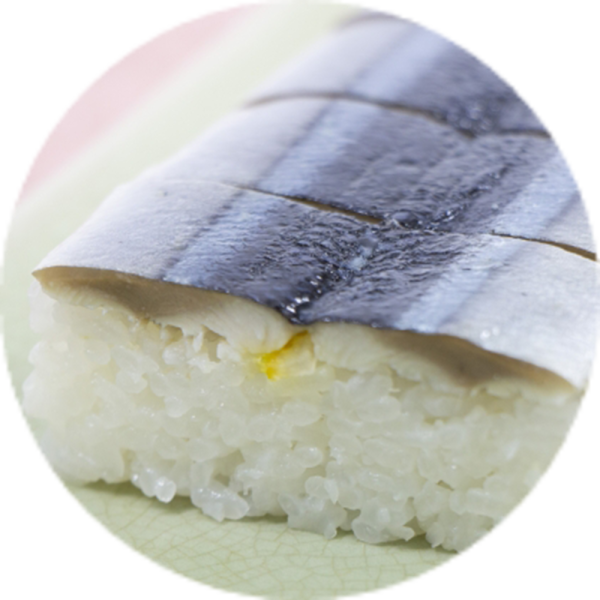

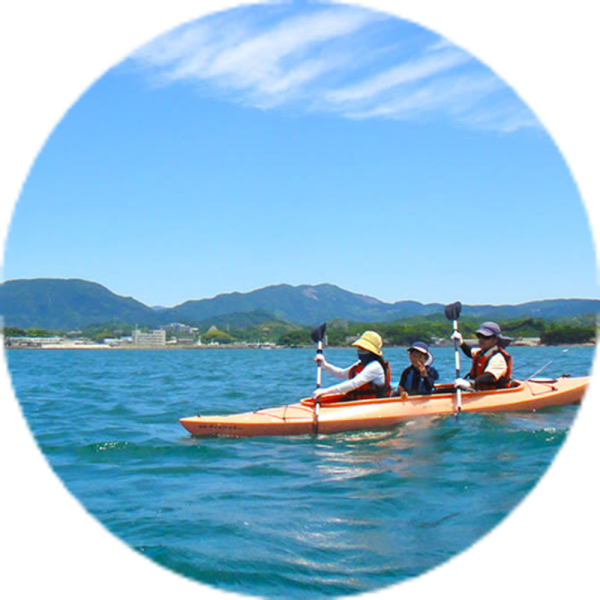
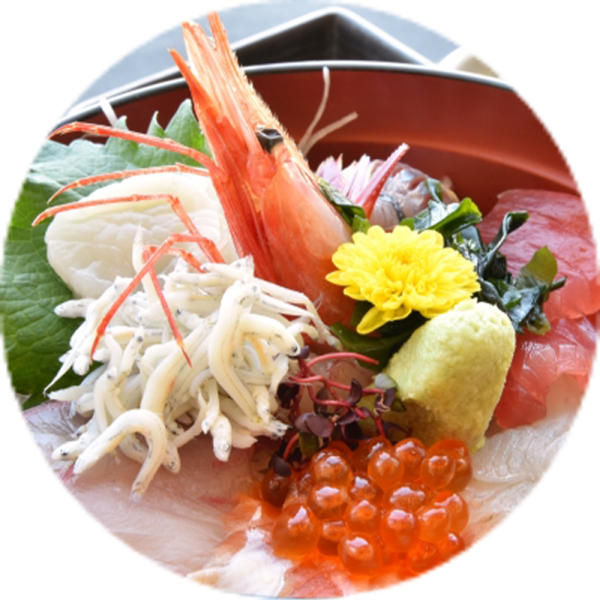
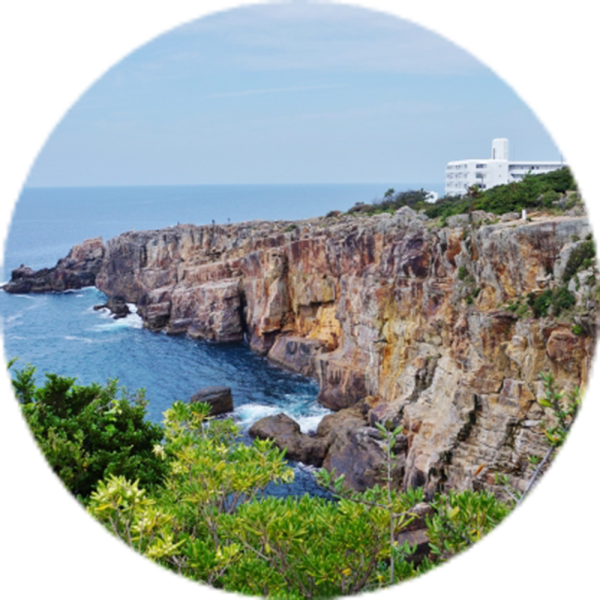

A place to stay is essential for every National Parks adventure — book now for peace of mind.